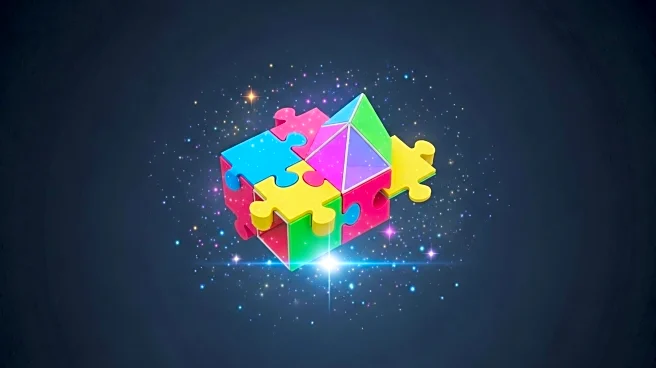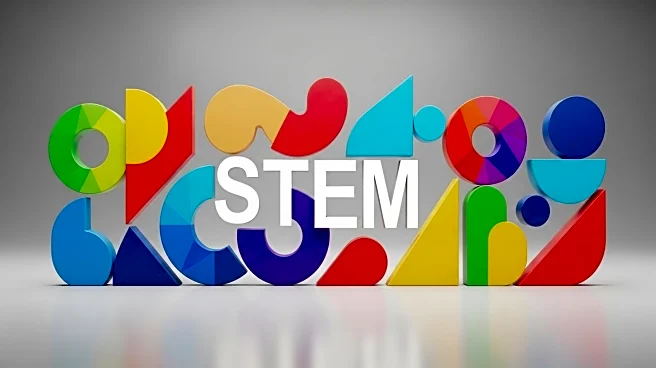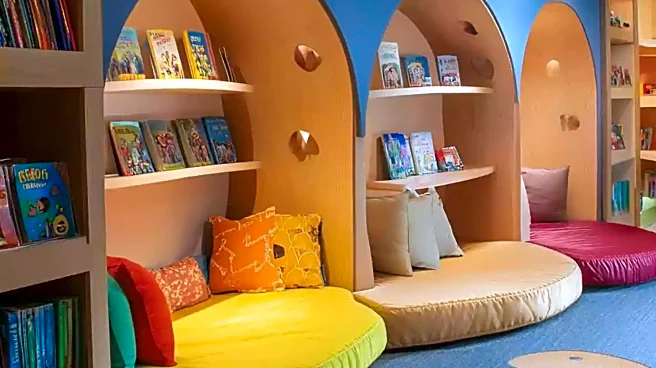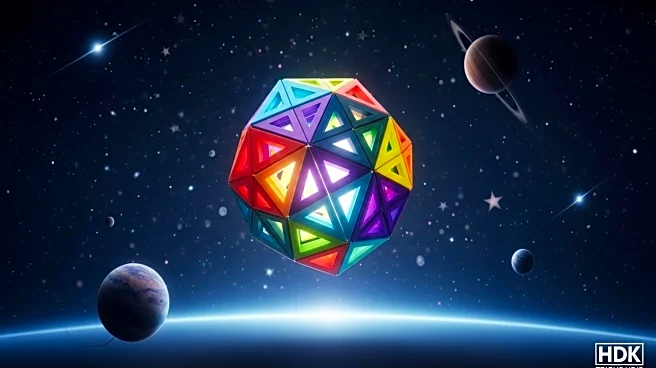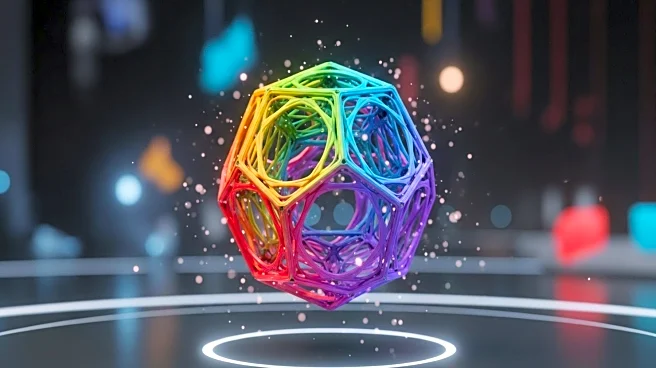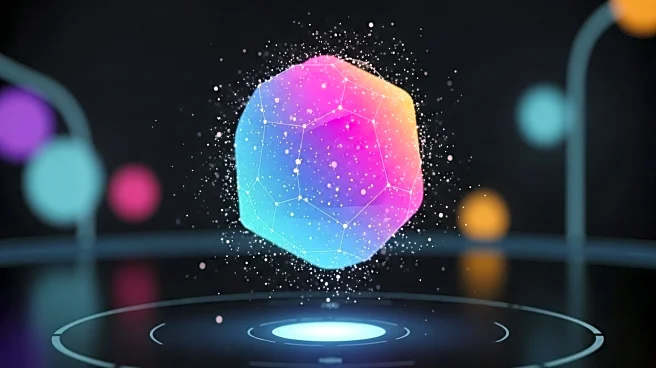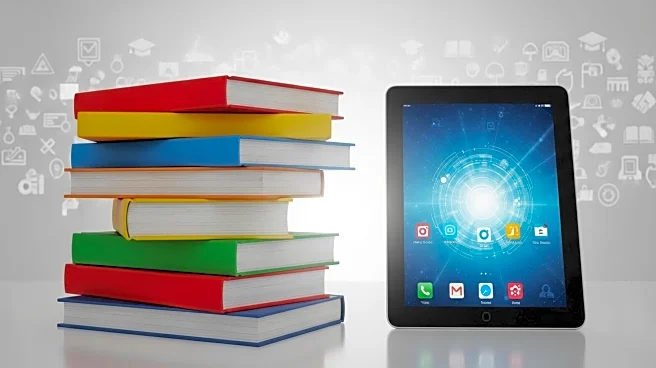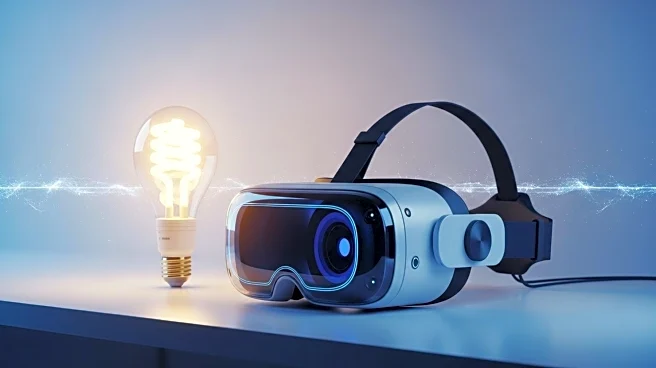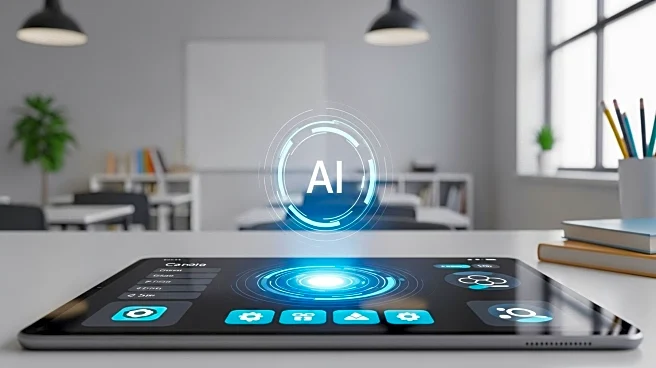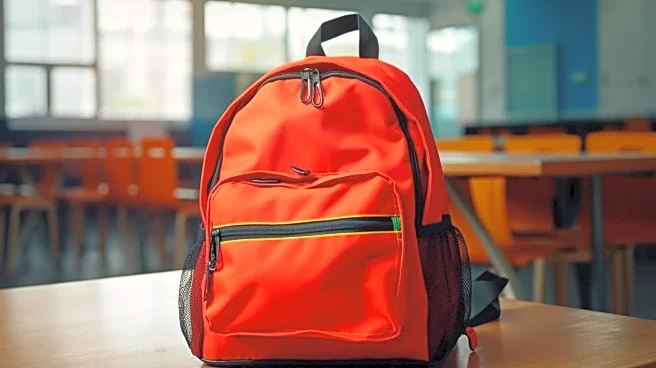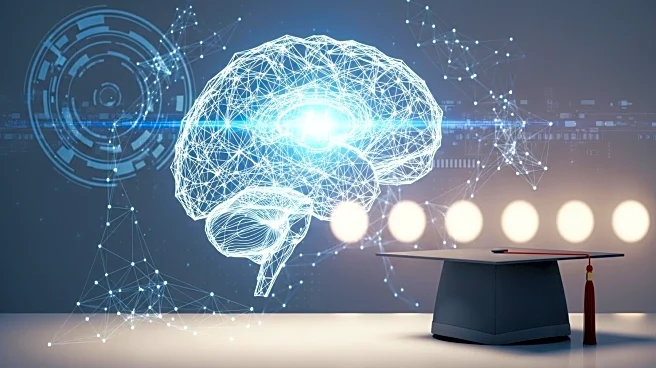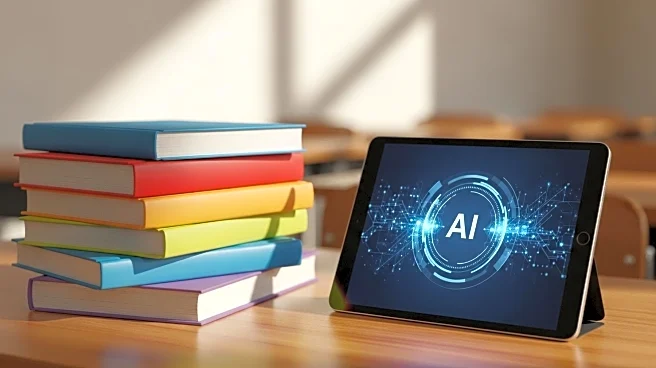What is the story about?
What's Happening?
An innovative program is using augmented reality to teach preschoolers spatial awareness, a skill crucial for future STEM success. Developed by the Education Development Center, the curriculum includes digital games, read-alouds, and hands-on activities, allowing children to learn interactively. Teachers have adapted lessons to include treasure maps and missions, enhancing engagement. The program addresses the lack of spatial thinking in early education, providing a foundation for math-related skills.
Why It's Important?
Spatial awareness is essential for STEM learning, yet it is often neglected in preschool education. This program offers a new method to teach these concepts, potentially improving educational outcomes. By engaging children with technology, the program aligns with their natural learning tendencies, making it both effective and enjoyable. This initiative could influence educational practices, encouraging the integration of technology in early childhood curricula.
What's Next?
The program's developers plan to refine the curriculum based on classroom feedback, aiming for broader adoption. As the program expands, it may inspire other educational institutions to incorporate technology-driven learning tools. Ongoing research and adaptation will be key to ensuring the program's success and accessibility.
Beyond the Headlines
The use of augmented reality in education prompts ethical discussions about technology use among young children and equitable access to resources. Long-term, this approach could transform educational paradigms, emphasizing interactive and immersive learning experiences.
AI Generated Content
Do you find this article useful?
